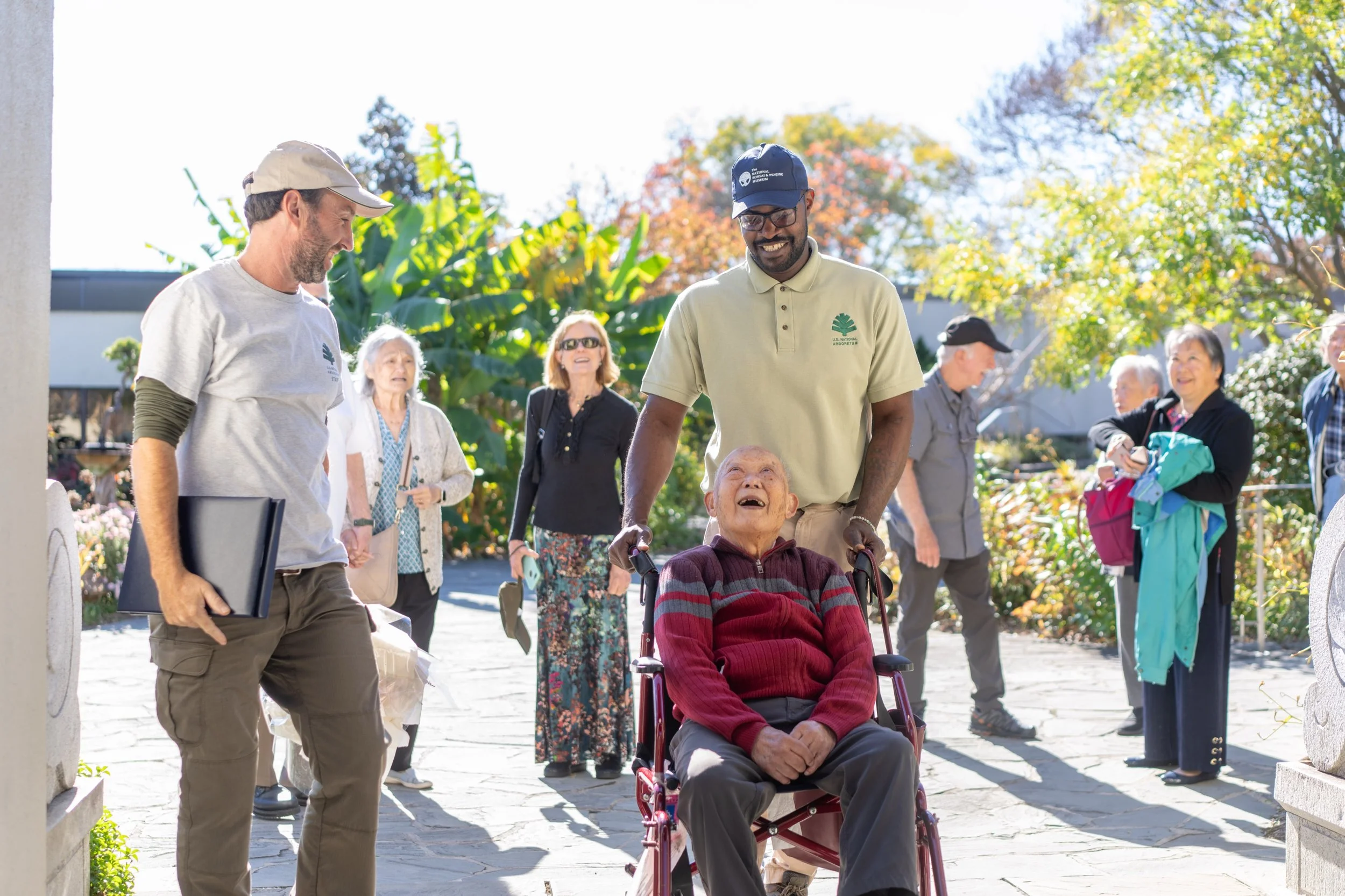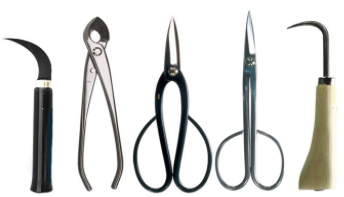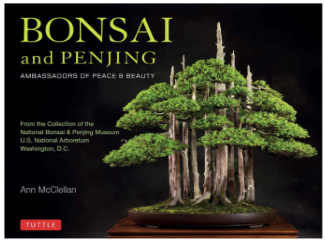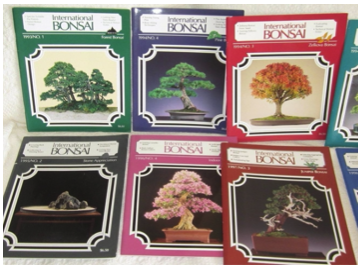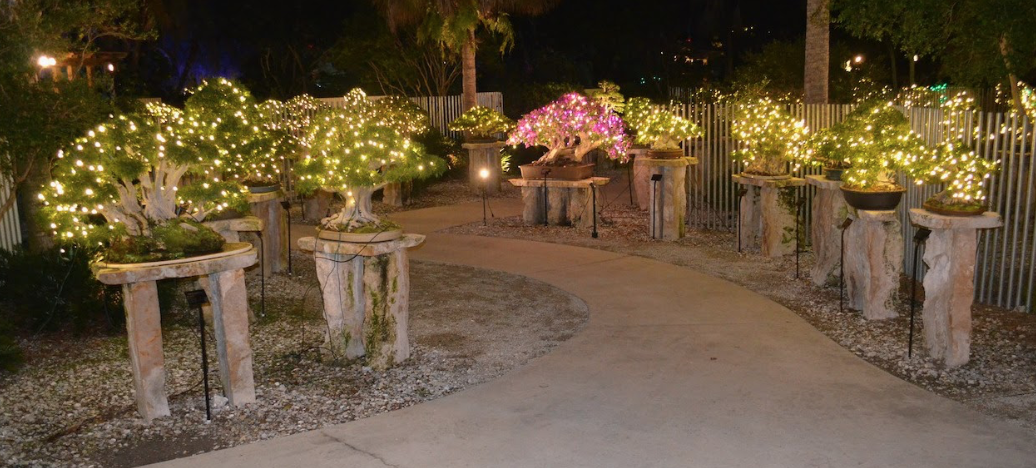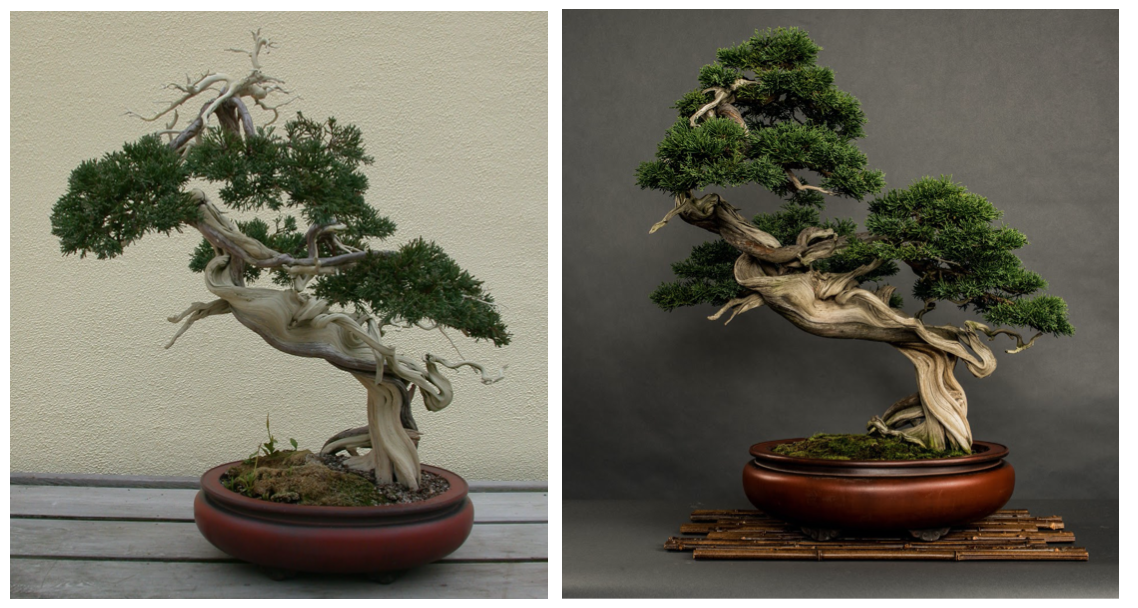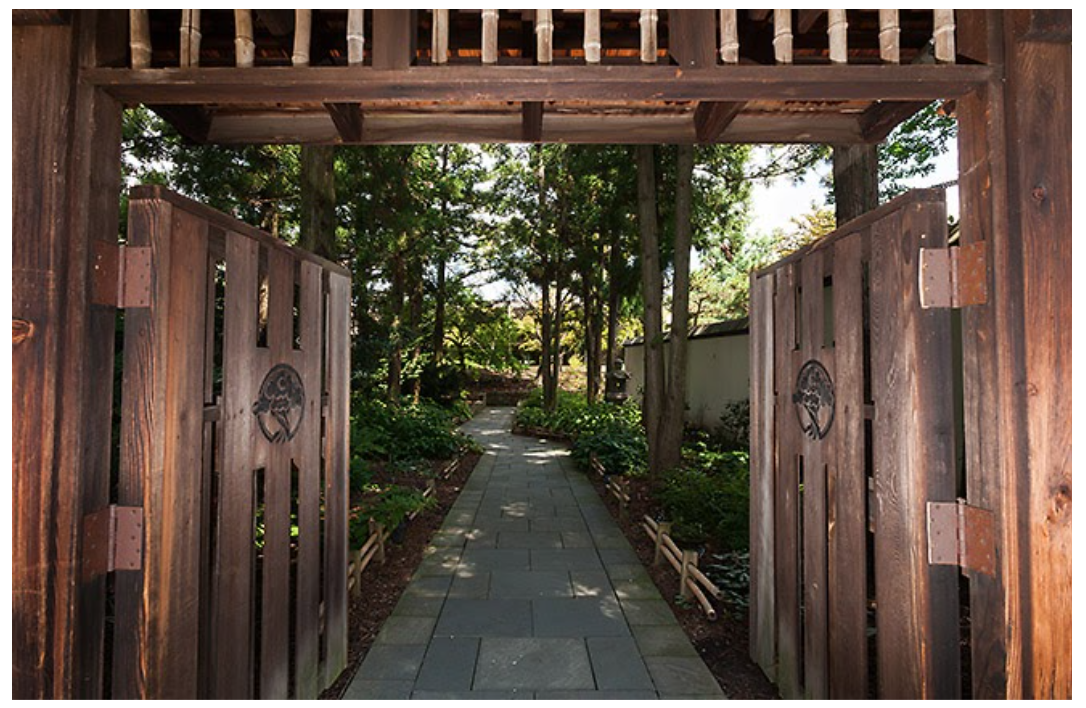Figure 1Trident Maple (Acer buergerianum) donated by Ted C. Guyger in 1990, in training since 1975.
Practicing the art of bonsai and penjing is rewarding in many ways, and each season provides a multitude of beauty, work, and lessons. As fall continues, all the hard work we bonsai practitioners have put in throughout the growing season on our deciduous trees is honored by an array of yellows, oranges, and reds.
Now in mid-to-late fall, we have a moment to breathe the cool autumn air and enjoy the vibrant colors. But like many things in life, this moment of visual pleasure and relaxation feels all too short lived. The pigments slowly begin to fade, and leaves tumble to our display areas, signaling that the next phase of seasonal work has arrived.
Leaves dropping from our deciduous trees conveys that the stored resources in the leaves have been reabsorbed into the twigs, branches, trunks, and roots. This reserved energy will power our trees when they awaken to grow again in the spring.
Now we can begin tertiary structural pruning of many of our deciduous trees, like the much-beloved trident maples and other non-flowering species. This pruning process includes spotting twigs that have thickened in the outer canopy, detracting from the delicate, finely ramified structure we strive for. We also look for areas where more than two twigs are growing from one location, known as a node. By reducing these areas to two twigs, we can prevent unwanted swelling and promote a smooth transition of taper from the trunk to the tip of the twig.
Ginkgo biloba – donated by Kiku Shinkai in 1976, in training since 1926
Lastly, we look at areas where twigs have elongated too far and prune them back to scale with the design of the tree. This work may be completed after the leaves are done changing color until late winter but should finish before the buds begin to elongate and open. If we prune during the dormancy period, we reduce the chance that new growth will be stimulated due to the removal of growth inhibiting hormones. We prune judiciously to perpetuate health and the execution of the design we have been working so hard to create.
While pines, spruces, and junipers don’t lose all their foliage, these conifers also need some attention before the onset of winter dormancy. Pines and spruces can now be cleaned of old needles, and their designs can be refined with wiring. Weaker foliage on junipers can be removed, and adventitious growth can be eliminated from the crotches of branches.
Cleaning out old needles and growth allows more light to enter the canopy and stimulate interior buds, helping them more strongly develop. Cleaning trees this time of year can be tedious, especially on a large collection, but I think this intimate operation brings us closer to our trees and gives us an even better understanding of their health and growth habits.
This is also an important time to take advantage of the last warm months to ensure all winter preparation and some spring preparation is completed, and those techniques vary greatly. The simplest is arranging the area where trees will be placed on the ground out of the cold drying winds. Raised beds can be constructed to heel trees into mulch to protect the delicate root systems. Cold frames can be built and prepared to provide protection from wind and frost damage.
Cleaning buildings and testing heating and ventilation systems in greenhouses should be done to ensure all mechanisms are functioning properly. No matter the method of protection, be on top of this task before the temperatures dip below 40° F. If a random cold snap of 28° F or below arrives before everything is prepared for winter, the best thing for your trees is to place them on the ground for the night.
American Beech (Fagus grandifolia) donated by Fred H. Mies in 2003, in training since 1979
Many other tasks may be completed at this time of year, but the ones shared above are what I feel to be the most important. As the leaves on all of the trees in the landscape and in our bonsai and penjing gardens begin to fall, and winter approaches, we, like the trees, must try to store our energy, shed our stress, and prepare for the challenging cold months ahead.
Sincerely,
Andrew Bello
Assistant Curator
The National Bonsai and Penjing Museum
U.S. National Arboretum

